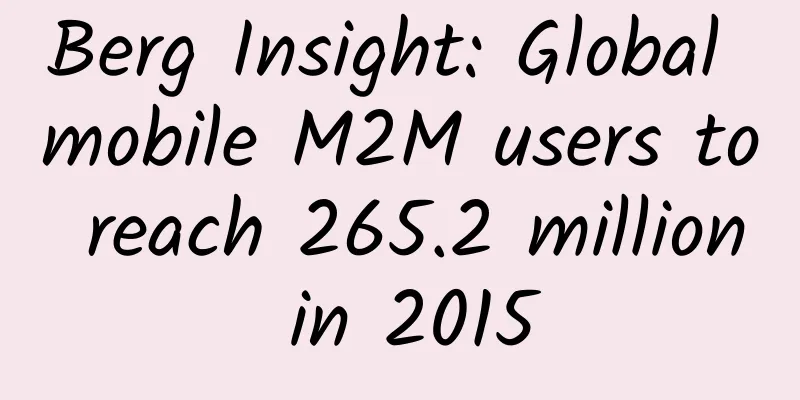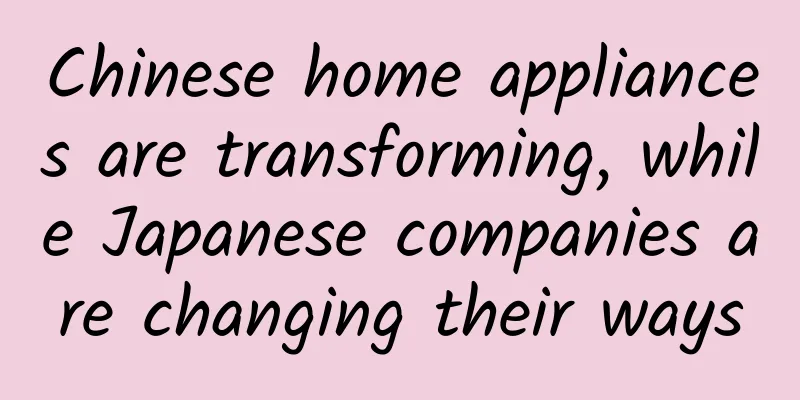Berg Insight: Global mobile M2M users to reach 265.2 million in 2015

|
Berg Insight, a Swedish research institute specializing in the development of the Internet of Things market, predicts that mobile M2M connections will achieve significant growth in the next few years. Berg Insight's latest report, The Global M2M/IoT Communications Market, states that by the end of 2015, the total number of mobile M2M users worldwide will reach 265.2 million, an increase of 23%. East Asia is the fastest growing region for mobile connected IoT technology - with a total of 90.4 million users, including 70 million in China alone. Western Europe and North America rank second and third with 59 million and 52.5 million users, respectively. And this is just the tip of the iceberg. "Our current view is that the total number of mobile M2M subscriptions will reach 1 billion in 2022," Tobias Ryberg, senior analyst at Berg Insight, said in a statement. The firm expects the number of mobile-enabled M2M devices to grow rapidly, with a compound annual growth rate of 22.9%, reaching 744.2 million in 2020. For telecommunications companies, this represents a significant business opportunity. Berg Insight noted: "In the first half of 2015, Verizon and Vodafone generated M2M/IoT revenues of around €150-200 million per quarter and are on track to reach €1 billion per year within a few years." At today's exchange rates, if this market momentum continues, that would mean annual revenues of around $1.09 billion for the two mobile operators. Berg Insight said the two companies now have roughly the same number of subscribers, 21 million in total, and both have invested heavily in mobile telematics and connected car services. New, more efficient mobile communications technologies will help spur adoption. The report states: “In the next few years, the price of LTE-M radio modules will drop to the same level as current GPRS (General Packet Radio Service) modules, but it will provide superior performance with fewer network resources. The new generation of LPWA (Low Power Wide Area) technology has been launched in 2015, providing an alternative for low-cost IoT connectivity outside the traditional mobile network environment.” The telecom industry is also pinning its hopes on the narrowband Internet of Things (NB-IOT) standard, which will be included in the 3GPP Release 13 specification in January. Berg Insight predicts: "NB-IOT is likely to become the dominant technology for LPWA, although other standards are also likely to continue to maintain a strong position in the market segment." |
>>: Whether you like it or not, the era of paid video is coming
Recommend
How does information flow advertising accurately target users?
In this article, we will learn about people with ...
What will happen to your body if you drink a cup of honey water every day? Can it improve your skin and relieve constipation? Don't drink it carelessly!
The "magic" of honey has been circulati...
How much does Tencent Zhihui charge for advertising? How effective is Zhihuitui?
Tencent Zhihuitui has a large number of platform ...
Samsung S5 screen test
Bulgarian website Smartphone.bg praised the Galaxy...
A brief discussion on iOS version numbers: Developers on how to better use version numbers to identify applications
We have been trying to make version numbers compa...
App Store revenue distribution is extremely uneven, but independent developers still have opportunities
[[126615]] Recently, Marco Arment, a well-known i...
IPTV, which is already saturated with users, can no longer withstand the surge of OTT.
The Ministry of Industry and Information Technolo...
[One Belt, One Road Story] The "pioneers" heading towards the sun
"A lone smoke rises straight in the desert, ...
How did smooth-bodied amphibians evolve?
Produced by: Science Popularization China Author:...
"Chinese Tales" goes viral! Let's take a look at the little-known facts in Langlang Mountain
Coinciding with the 2023 New Year's Day holid...
Will showing IP location leak personal information? This move is very dangerous
【Written at the end】 The current display function...
B-side operations: What are the operating methods for different products?
What are the operating methods for products at di...
More than 1,800 kilometers away from the mainland, there is a pair of "eyes of the South China Sea"
The 24th Beijing Winter Olympic Games is in full ...
Weekly crooked review: BAT Three Kingdoms chaos, you need me as Zhuge Liang
As the saying goes, the world will eventually uni...
China imposes visa restrictions on these US personnel! Who are they specifically? Details attached!
On June 29, Foreign Ministry Spokesperson Zhao Li...








